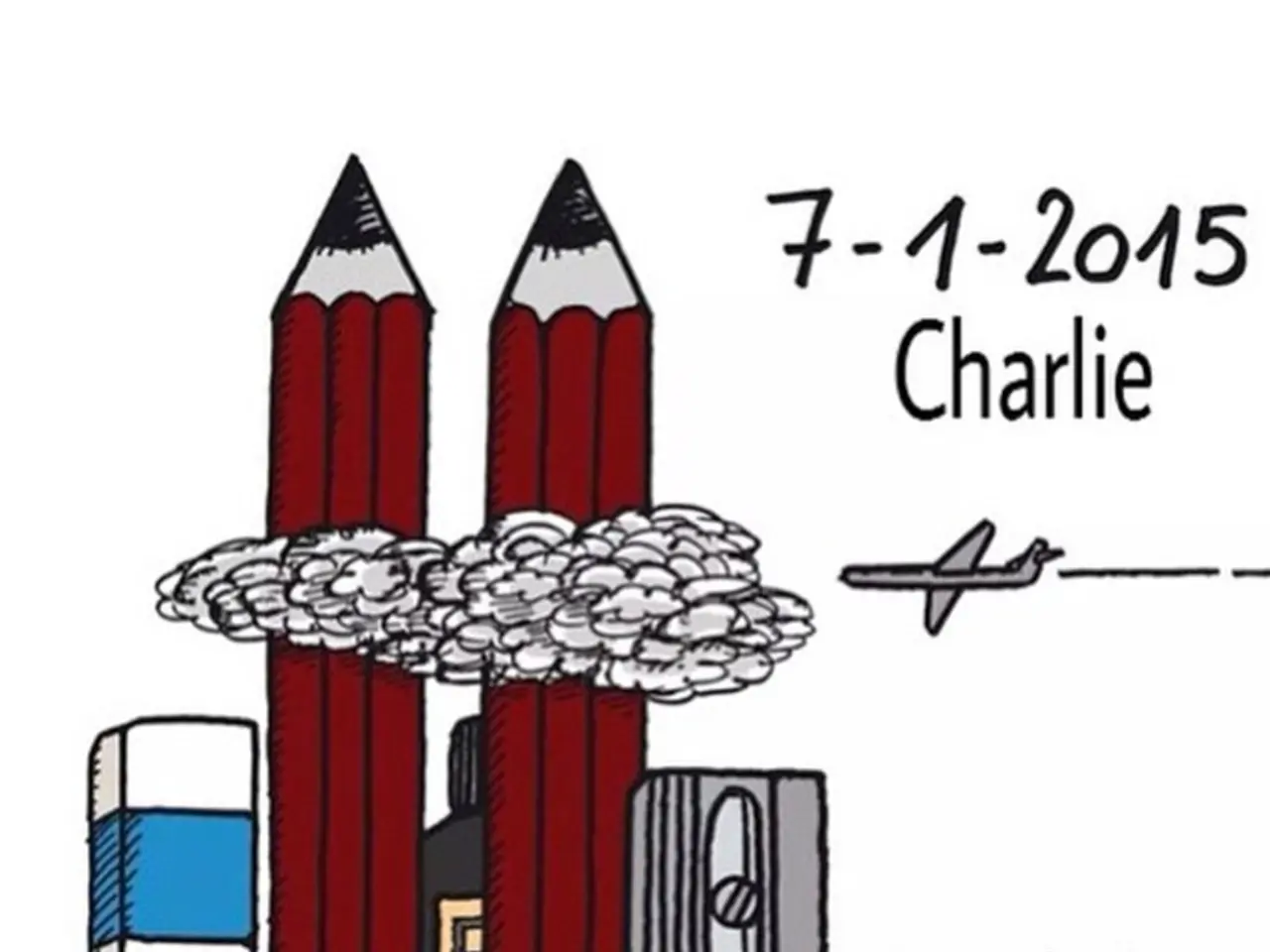Unusual Aerial Objects: Examining the Recorded Incidents of Unidentified Flying Objects
In the skies above us, a mystery has been unfolding for centuries, with reports of unidentified flying objects (UFOs) dating back thousands of years. From ancient texts and artwork to modern-day sightings, the phenomenon continues to captivate the public imagination.
The diversity of UFO shapes is one of the most intriguing aspects of this enigma. One such case occurred in 1987 in Gulf Breeze, Florida, where multiple photographs and eyewitness accounts described a shifting, blurry object in the sky, often likened to a disc or saucer shape.
Spherical or orb-shaped UFOs are another common sight, often reported as glowing balls of light. They are often seen moving erratically or hovering silently, sometimes merging or splitting into multiple orbs. Blurry or amorphous UFOs have also been reported, leading to speculation about advanced technology or optical phenomena.
One of the most iconic and widely recognized shapes associated with UFOs is the disc or saucer shape. This type of UFO is often described as being circular or oval with a domed top and a flat or slightly rounded bottom. Teardrop-shaped UFOs, resembling a teardrop or drop of water, with a rounded front and a tapering tail, are also frequently reported. These objects are often described as moving rapidly, sometimes leaving a trail or glowing in the sky.
Triangle-shaped UFOs, also known as delta-shaped or triangular craft, have become increasingly common in UFO reports. These objects are typically described as large, silent, and often black or dark in colour. Boomerang or V-shaped UFOs, similar to triangle-shaped objects but with a more pronounced curved or chevron shape, are less common but still significant in the catalog of UFO shapes.
Cigar-shaped crafts, long, cylindrical, and sometimes tapering at the ends, are another type of craft frequently reported. Rectangular or box-shaped UFOs, with straight edges and corners, are among the more unusual shapes reported. Diamond or rhombus-shaped UFOs are even less common but are still significant in the study of UFO shapes.
The modern era of UFO sightings began in the mid-20th century, particularly after the infamous 1947 sighting by pilot Kenneth Arnold. Arnold's description of nine crescent-shaped objects flying at incredible speeds near Mount Rainier, Washington, is often cited as the beginning of the contemporary UFO phenomenon.
The persistence of UFO reports, along with the wide range of shapes described by witnesses, suggests that the phenomenon-whether extraterrestrial, experimental, or psychological-has a complex and multifaceted nature. The interdimensional hypothesis suggests that UFOs might be manifestations from parallel dimensions or alternate realities.
Research institutions such as the Society for Scientific Exploration (SSE) and SETI (Search for Extraterrestrial Intelligence) are actively investigating this mystery. Despite decades of research and investigation, the Ongoing Mystery of UFO Shapes remains unresolved. However, the fascination with UFOs continues, as the skies above us remain a realm of the unknown.








